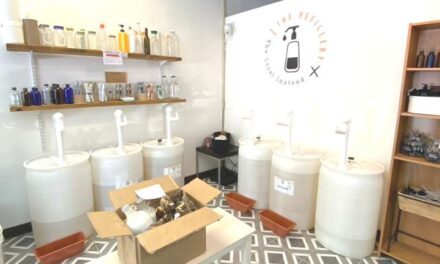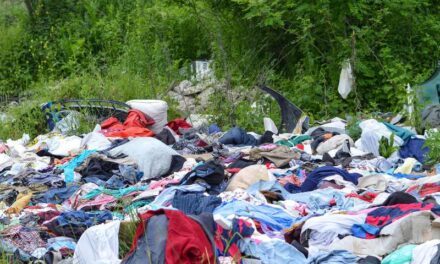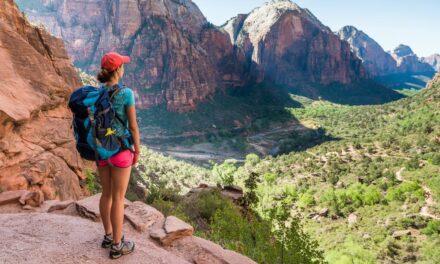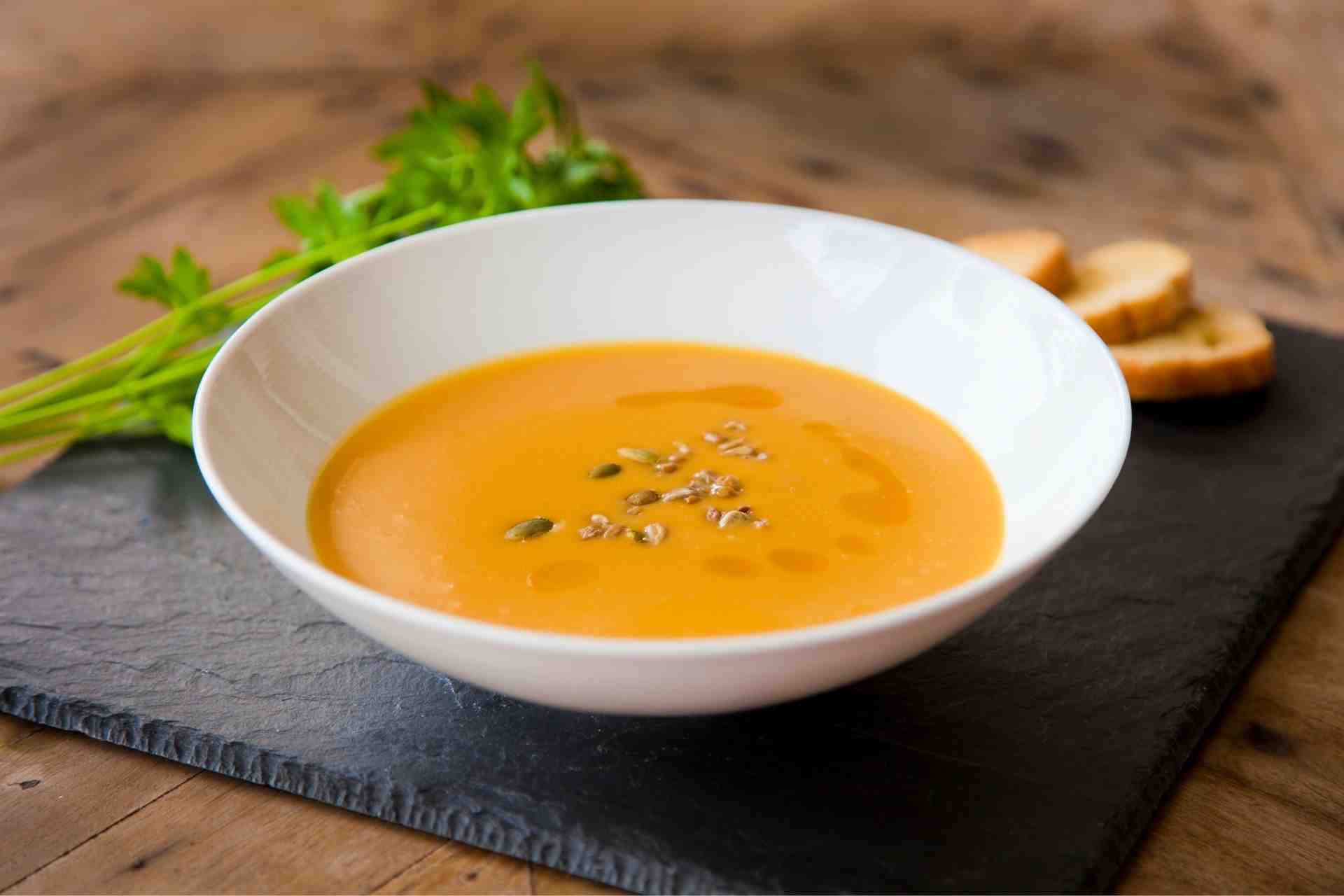Follow the monarch butterflies as they migrate along their natural pollination route.
Pollinators play an important part in local ecosystems. Each year, monarch butterflies migrate through North America to/from the government-protected Trans-Mexican Volcanic Belt in Mexico. According to the U.S. Department of Agriculture, “The monarch is the only butterfly known to make a two-way migration as birds do.”
Monarchs are pollinators, carrying pollen from flower to flower aiding in plant reproduction. The Monarch Butterfly is attracted to mauve flowers, pink swamp, and butterfly milkweed.
Unfortunately, Monarch butterfly populations have been declining.
- Commercial and residential development have destroyed suitable summer habitats. As a result, there are not enough milkweed plants to support Monarch offspring.
- When their preferred plants are in short supply, butterflies will lay their eggs wherever they can. This can lead to high concentrations of butterfly populations in relatively small areas. This is problematic, because they are more easily attacked by flies, wasp predators, and disease.
- Climate change has caused more extreme weather patterns over the past 10 years. Consequently, heavy rains and freezing temperatures have led to the death of 50 to 80 percent of the butterfly population.
Thankfully, Monarch waystations have been created to conserve and protect Monarch butterflies throughout their journey.
These waystations, gardens, and meadows provide valuable milkweed, nectar sources, and shelter to migrating butterflies. These areas also provide safe, consistent areas for the butterflies to reproduce year after year.
Additionally, waystations are often located along highway rest areas and provide educational opportunities for visitors. It is wonderful to witness others learning about how important pollinators are to our ecosystem. I enjoy finding amazingly beautiful butterflies along roadside milkweed banks, meadows, and parks I frequent.
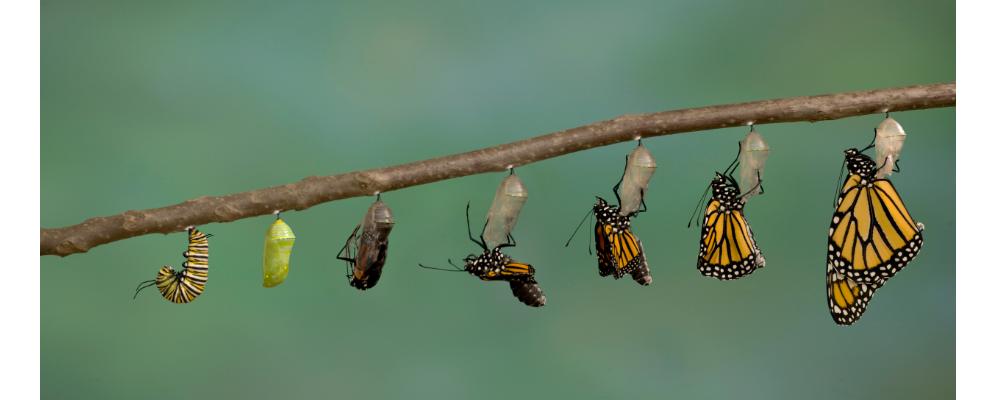
What can individuals do to help pollinators thrive?
Unfortunately, a highly-manicured yard contributes to the demise of many pollinators. To help pollinators thrive, try creating a space in your backyard devoted to native plants that bloom from spring to autumn. It may look a little messy, but it will support a host of pollinators.
The beauty of a native garden has its benefits. First, native wildflowers will reseed themselves, making them a colorful, low-maintenance option for your backyard. Planting native species will also attract butterflies, bees, moths, hummingbirds, and birds – which you’ll get to enjoy!
You can also volunteer as a citizen scientist to support local pollinator programs near you. Many of these programs are suitable for all ages. Consider getting involved in counting, tagging, and releasing monarch butterflies through the North American Butterfly Association. You can also find sponsored walks, home ecologists children’s programs, observation hikes and more at national, state, county, and city parks throughout our nation.
I was so excited when the Department of Conservation and Natural Resources (DCNR) offered me an opportunity to release a third-generation monarch. The beautiful pollinator I released will travel many miles to its southern home in Mexico. Fly baby fly!
Like this article? You may enjoy these recommended reads:
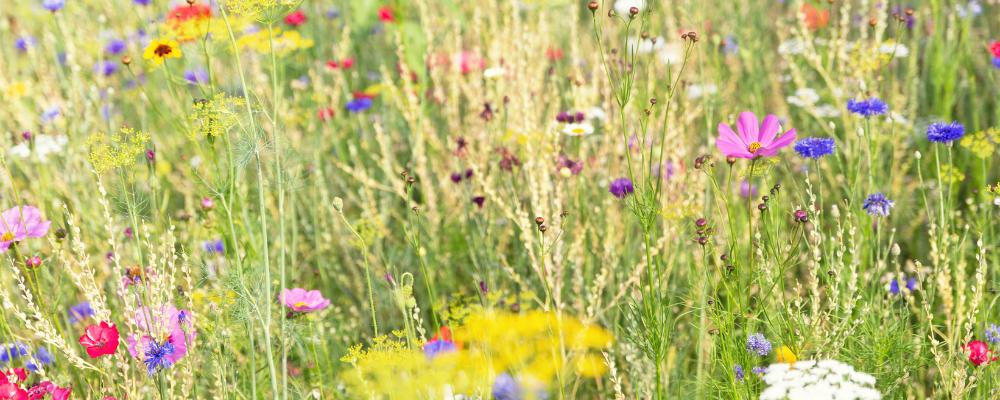
This experience was shared by OPL Naturalist Yvonne Dwyer.
Learn more about Yvonne.




